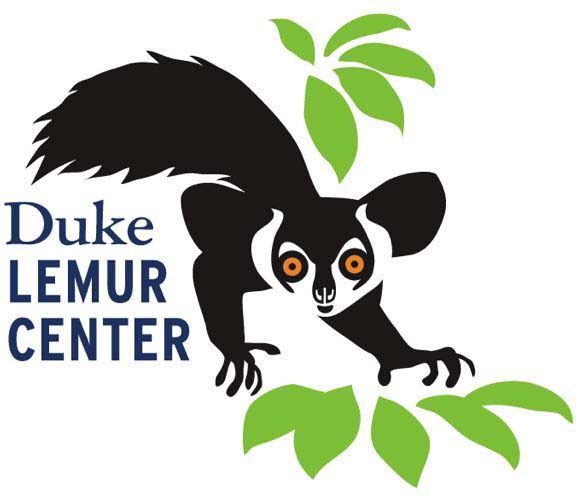By Lydia Greene, DLC researcher and Duke Ph.D. candidate; and Marina Blanco, Ph.D., DLC-SAVA Conservation Coordinator. Published July 27, 2018.
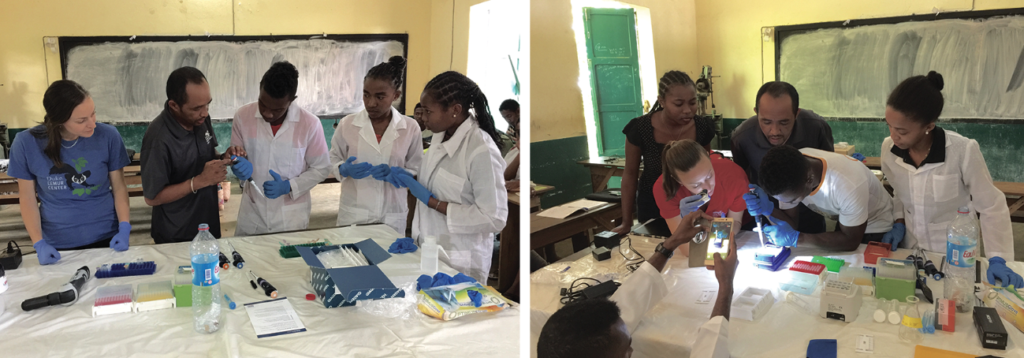
Lydia Greene and Lanto Andrianandrasana, DLC-SAVA Project Manager, train 66 Malagasy students in pipetting, agarose gels, and data analysis.
Since the advent of the genetics revolution, researchers have flocked to Madagascar to collect lemur samples for sequencing. Such analyses can provide a wealth of information for empiricists, by asking questions like “How did lemurs evolve?” and “When did they arrive on Madagascar?”; as well as for conservationists, by asking where species live and how inbred various populations have recently become.
Yet the complexity of genetic sequencing, and the significant costs involved, have required us to take samples out of Madagascar and perform analysis in places with better infrastructure. Hindered both by slow export and import permitting processes, removing lemur samples from Madagascar and bringing them to the West prolongs analysis, often for years. Moreover, along the way, the Malagasy students who so often assist us in the field with sample collection lose almost all opportunity to conduct their own genetic analyses.
Thus our team felt it was time to bring the lab to the samples, instead of the other way around.
Over the past few years, research scientist Peter Larsen and Anne Yoder, the former Director of the DLC, have built a mobile genetics laboratory that can be deployed in Madagascar for sample analysis and student training. The lab uses miniaturized versions of standard equipment to prepare samples for sequencing, like a mini centrifuge, PCR machine and agarose gel rig. For sequencing, the lab uses new technology from a company called Oxford Nanopore. Nanopore has manufactured a genetic sequencer that is about the size of a Snickers bar, plugs directly into a laptop, and generates GBs of data in just hours (this is honestly the stuff of science fiction!).
As stewards of the laboratory, Marina Blanco and I were tasked this year with testing it at various sites and for various applications in Madagascar.
A teaching workshop for 66 students in Antalaha, Madagascar
One of our first goals was to conduct a workshop here in the SAVA region of Madagascar at the Centre Universitaire Régional de la SAVA (CURSA, the local university in Antalaha), with whom the DLC-SAVA Conservation project has an active and ongoing collaboration. CURSA offers a three-year program in Environmental Science, and many of its students could go on to be leaders in environmental research, policy and protection. Unfortunately for these students (and many others in Madagascar), access to current lab equipment and sequencing technology remains out of reach. Because we know from personal experience that science and conservation are often the most inspirational when they’re hands-on — when theory is put into action — we figured CURSA was the perfect place to test the capacity-building potential for our mobile lab!
Our first step was to train Lanto Andrianandrasana on the mobile lab. Lanto is the DLC-SAVA Project Manager, a trained paleontologist, and a translator/interpreter extraordinaire. Together, Lanto, Marina, and I designed a two-day workshop for CURSA’s students. The goal was for the students to help us sequence a marker gene for speciation from a mouse lemur named Sarastro; i.e., we would determine from what species of mouse lemur this sample derived. On day 1, Lanto would give a presentation in French/Malagasy on the theory and use of the lab, and then together with the students, we would all extract genomic DNA from the sample. On day 2, we would amplify our target gene, prepare the amplified sample for genetic sequencing, sequence it, and obtain species confirmation.
The plan was ambitious, particularly because we knew electricity at CURSA was irregular; and without a freezer, we would struggle to keep many of our reagents cold enough. We also had no idea how many students to expect: It was a bit of a shock on day 1 when 66 bright-eyed young environmentalists raised their hands to participate in the entire workshop!
Ultimately, everything went shockingly well, in large part due to Lanto’s enthusiasm for first mastering the lab and then teaching students how to use it. Dozens of students volunteered to help with various parts of the lab work, from pipetting to melting gels over a candle. Many asked questions about applying the technology to plants and bacteria, while others had questions about how specific reagents or machinery worked. It was an exhausting and exhilarating two days, and at the end I felt even more inspired to make this laboratory and technology permanent features in Madagascar.
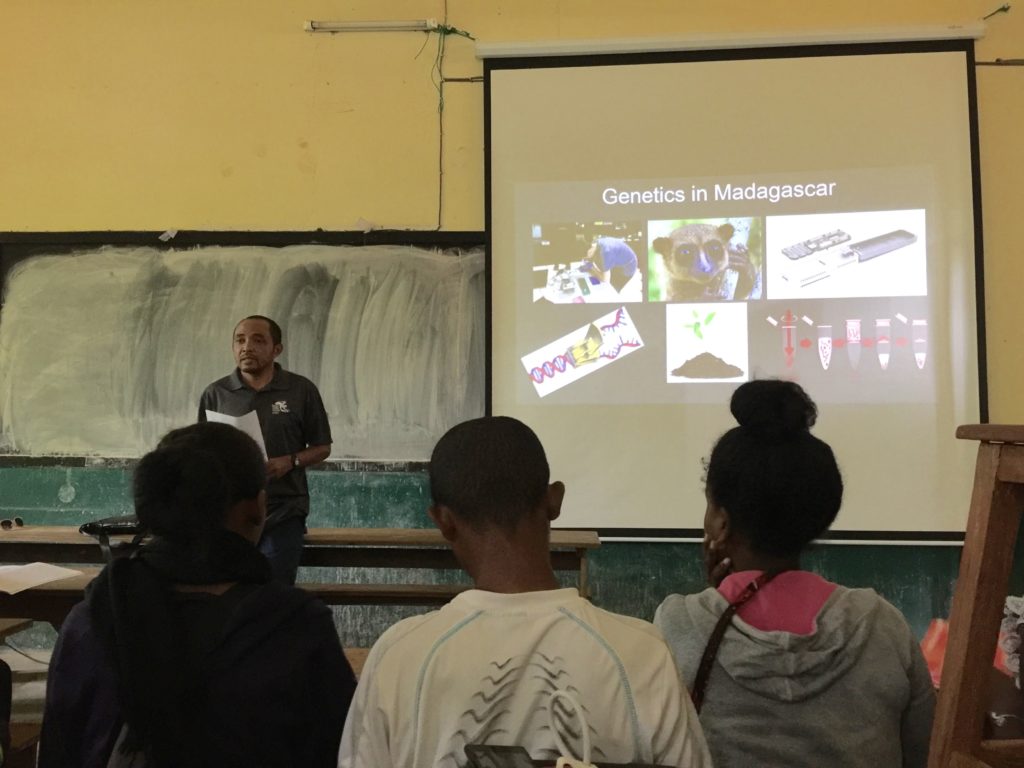
Lanto delivers a presentation in French/Malagasy on the theory and use of the mobile genetics laboratory.
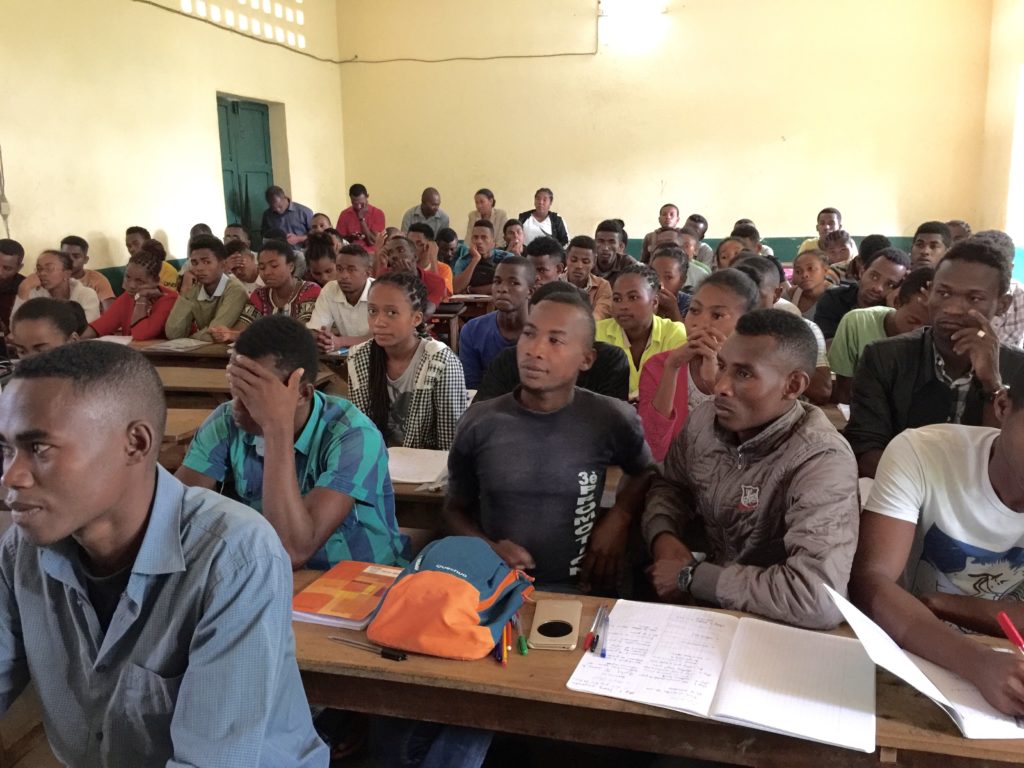
66 students at the Centre Universitaire Régional de la SAVA (CURSA) participated in the two-day workshop.
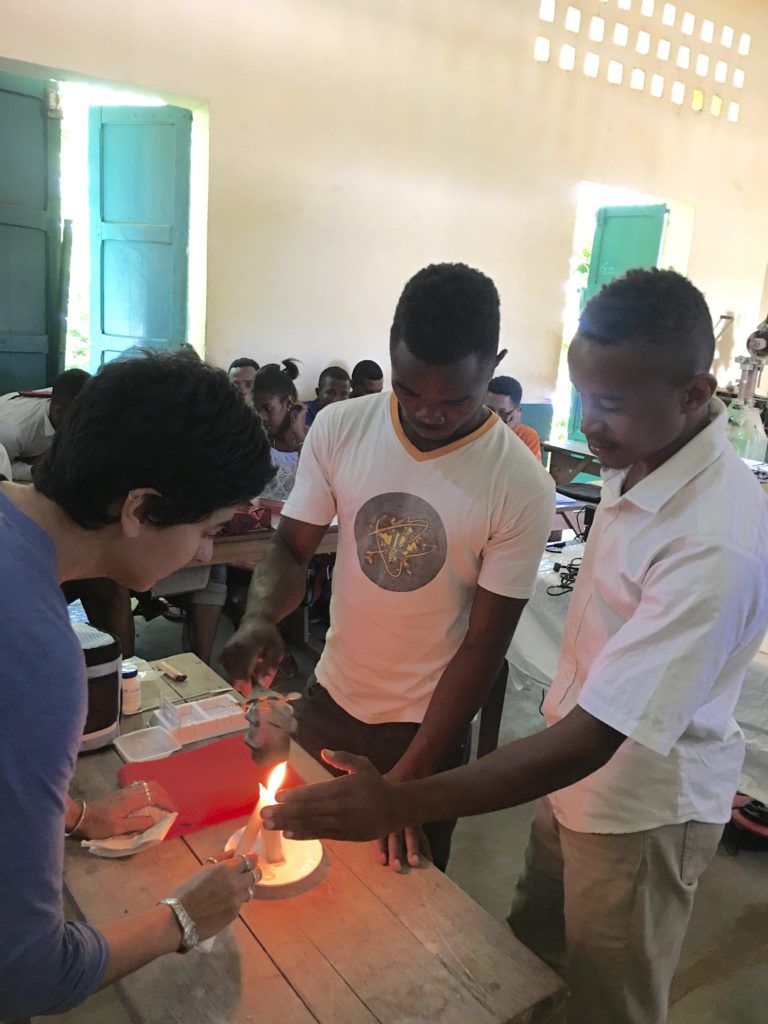
Marina Blanco with two Malagasy students melting gels over a candle.
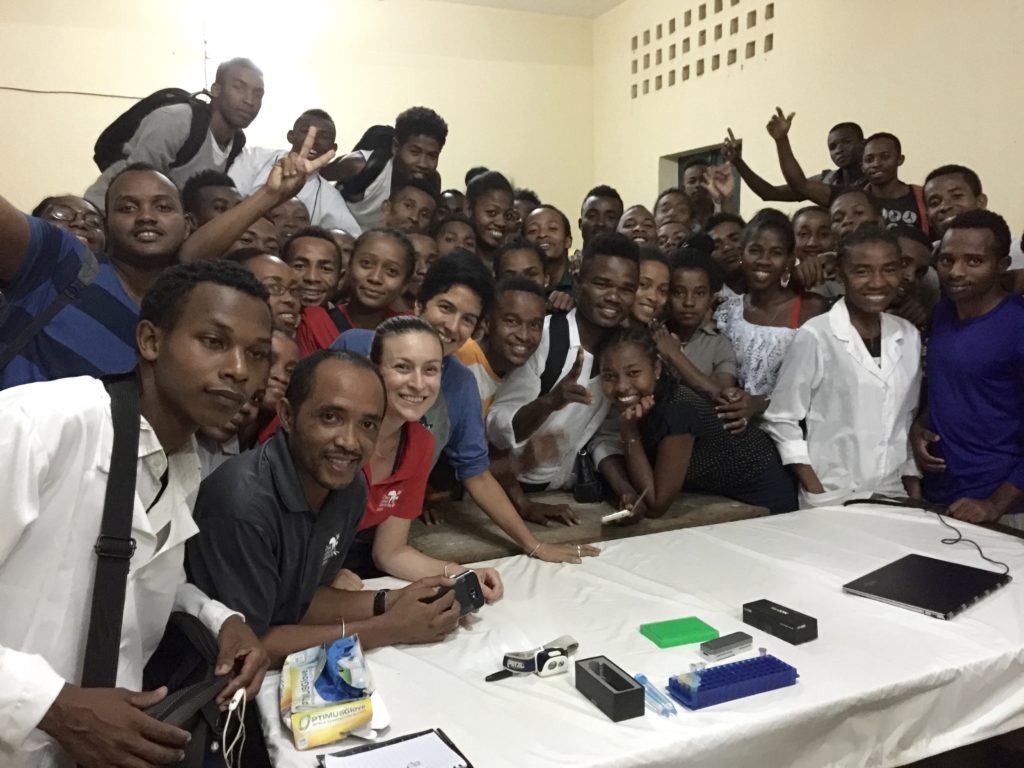
Lanto, Lydia, and Marina (front row) with Malagasy university students.
Published July 27, 2018.
